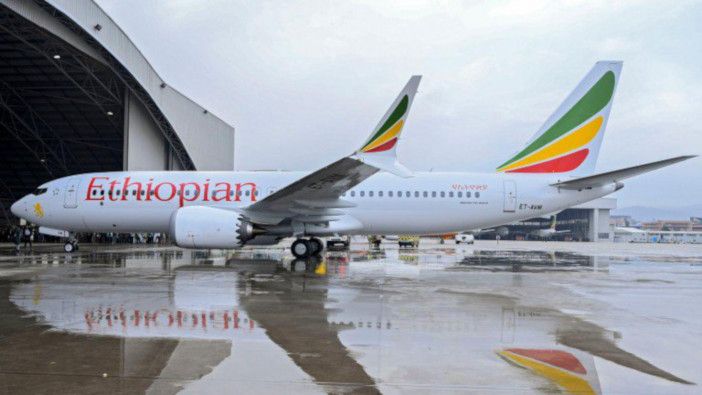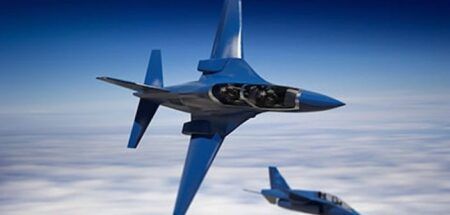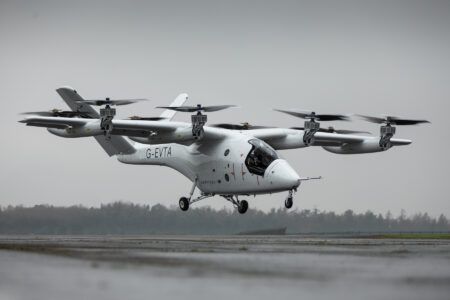Embattled US-aircraft maker Boeing has acknowledged that it has had to change the simulator software for the 737 MAX because it does not accurately represent different flight conditions.
The admission was made in a statement alongside information concerning progress about the testing and certification of the 737 MAX’s updated MCAS (Maneuvering Characteristics Augmentation System) software.
Investigators have so far identified faulty sensors within the MCAS and the lack of a compulsory alert system in the cockpit as the cause of two 737 MAX crashes in March 2019 in Ehtiopia and during October 2018 in Indonesia, which killed 157 and 189 people respectively.
Boeing is working with regulators around the world to rectify the problem while the global fleet of 737 MAX aircraft is grounded.
The company has completed development of the updated software for the 737 MAX, along with associated simulator testing and flown the 737 MAX with the updated MCAS software for more than 360 hours on 207 flights. It is also providing additional information to address Federal Aviation Administration (FAA) requests about how pilots interact with the airplane controls and displays in different flight scenarios.
Boeing chairman, president and CEO Dennis Muilenburg said, “With safety as our clear priority, we have completed all of the engineering test flights for the software update and are preparing for the final certification flight. We’re committed to providing the FAA and global regulators all the information they need, and to getting it right.
“We’re making clear and steady progress and are confident that the 737 MAX with updated MCAS software will be one of the safest airplanes ever to fly. The accidents have only intensified our commitment to our values, including safety, quality and integrity, because we know lives depend on what we do.”
The company added that updated training and education materials for the 737 MAX were under review by the FAA, other global regulators, and airlines to support return-to-service and longer-term operations.
This blog post by safety-critical software development expert Massimo Bombino partly blames the crashes on inadequacies in training provided to pilots before the introduction of the 737 MAX. “A growing number of people in the industry are beginning to believe that the missing or inadequate training can be blamed on a strategy that prioritized bringing the 737 Max to market as quickly as possible,” said Bombino.





